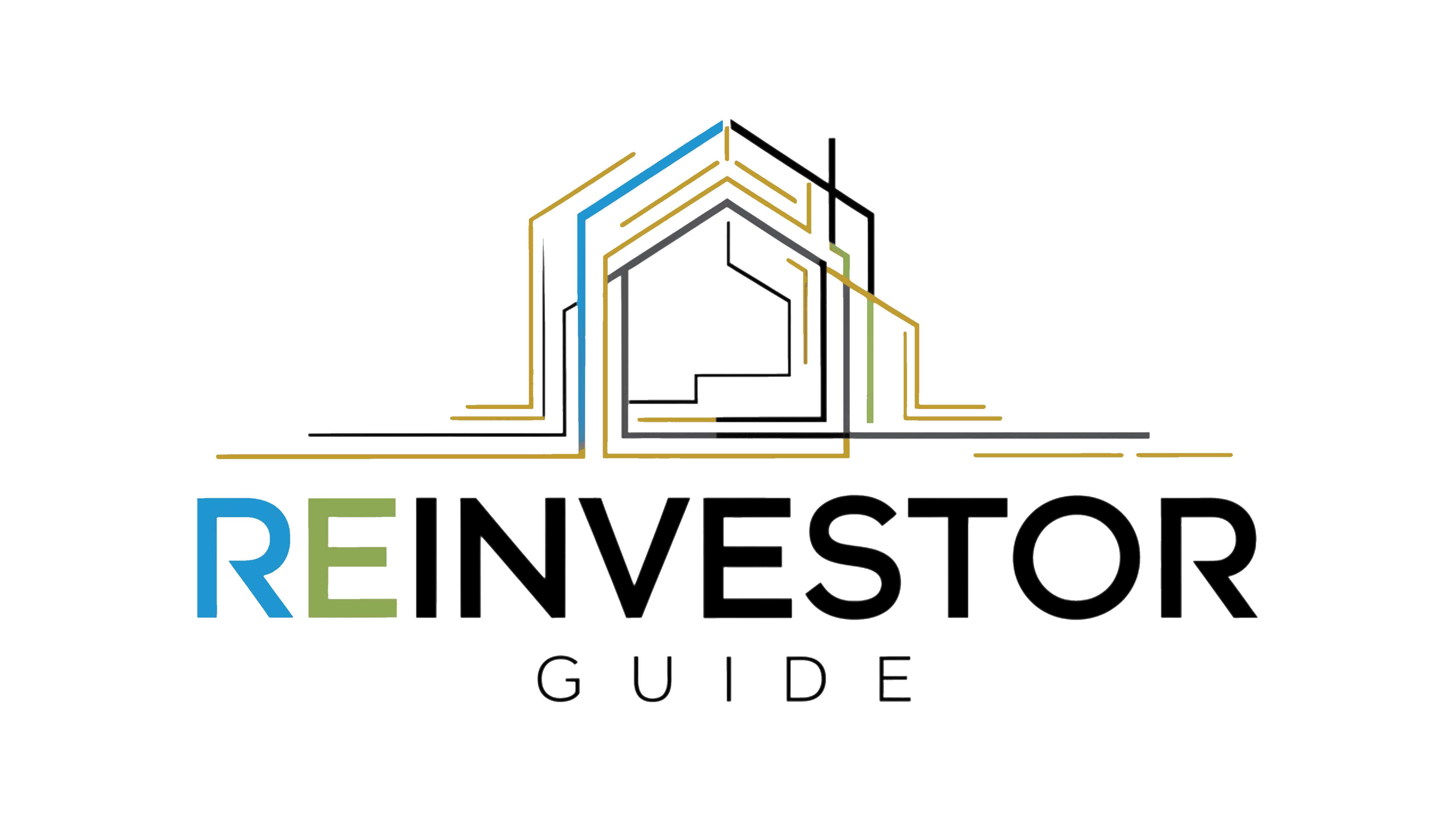If you’re a self-employed real estate investor, freelancer, or business owner, qualifying for a traditional mortgage can feel like trying to fit a square peg into a round hole.
You make money. Your properties cash flow. But on paper—thanks to write-offs, irregular income, or LLC ownership—you might not look great to a conventional lender.
That’s where bank statement loans come in.
These alternative mortgage products allow you to qualify using your bank deposits—not your tax returns—making them ideal for entrepreneurs and full-time investors.
In this guide, we’ll break down how bank statement loans work, who they’re for, and how to use them strategically to grow your real estate portfolio.
What Is a Bank Statement Loan?
A bank statement loan is a type of non-QM (non-qualified mortgage) that allows borrowers to qualify based on bank deposits rather than traditional income documentation.
Instead of providing W-2s, pay stubs, or tax returns, you submit:
- 12–24 months of personal or business bank statements
- A letter from your CPA verifying business ownership and expense structure
- A credit report and down payment documentation
Lenders then calculate your qualifying income based on your average monthly deposits, adjusting for business expenses if using business accounts.
Who Are Bank Statement Loans For?
Bank statement loans are ideal for:
- Real estate investors with pass-through LLC or S-Corp income
- Full-time landlords or short-term rental operators
- Realtors, contractors, and other self-employed professionals
- Entrepreneurs with high gross income but low net taxable income
- Borrowers who don’t want to amend or refile taxes to qualify
If your income is strong but your taxable income is low, this loan lets you qualify based on reality—not IRS optimization.
How Lenders Calculate Income (Bank Statement Method)
Lenders will average your income over 12–24 months based on bank deposits.
🔹 Personal Bank Statements
- Use total deposits (minus transfers)
- Average over 12 or 24 months
- No expense ratio applied
🔹 Business Bank Statements
- Use gross deposits
- Apply an expense ratio (usually 40–50%)
- Can be adjusted with CPA letter if your margins are better
✅ Example:
Business account averages $20,000/month in deposits
Lender applies 50% expense ratio
→ Qualifying income = $10,000/month
Typical Loan Terms for Bank Statement Loans
| Feature | Typical Range |
| Loan Type | Primary, second home, investment |
| Loan Amount | $150,000 – $5,000,000+ |
| Down Payment | 10%–25% (based on credit and LTV) |
| Credit Score | 660+ (680–700+ preferred for best terms) |
| Interest Rate | 1%–2% higher than conventional rates |
| Term Options | 30-year fixed, ARM, interest-only |
| Property Types | SFRs, 2–4 units, condos, STRs |
| Prepayment Penalty | Often applies on investor loans |
When to Use a Bank Statement Loan
✅ 1. Buying an Investment Property
Use bank statement income to qualify for financing on your next long-term rental, STR, or BRRRR hold.
✅ 2. Refinance and Cash Out
Refi a high-interest loan on a property that’s now cash flowing—and use your deposit history instead of complicated tax returns.
✅ 3. House Hack or Second Home
Buy a duplex, triplex, or out-of-state STR using business income, even if your adjusted gross income (AGI) is too low for conventional loans.
✅ 4. Alternative to DSCR Loans
If your property doesn’t meet DSCR guidelines, but you have strong income, this is a great backup option.
Pros and Cons of Bank Statement Loans
✅ Pros:
- No tax returns or W-2s required
- Works for business owners, LLCs, STR hosts
- Can qualify even with high write-offs
- Available for primary, second, and investment properties
- Faster than conventional loans in many cases
❌ Cons:
- Higher interest rates
- Larger down payments often required
- More manual underwriting (human review of statements)
- May require 12–24 months of stable deposits
- Not ideal if cash flow is erratic or sporadic
Real-World Example
Investor Profile: Leo is a full-time investor who owns 5 rental properties through an LLC. His tax returns show $35K in AGI due to depreciation and write-offs.
Challenge: He wants to buy a new STR in Florida but doesn’t qualify for a conventional loan.
Solution: He uses 24 months of business bank statements showing average deposits of $18,000/month. After applying a 50% expense ratio, he qualifies for a $500,000 loan with 20% down—no tax returns required.
How to Qualify for a Bank Statement Loan
✅ Minimum 660 credit score
✅ 12–24 months of consistent deposits
✅ Clean credit history (no recent bankruptcies or foreclosures)
✅ Proof of business ownership (license, CPA letter, LLC docs)
✅ Verifiable source of deposits (can’t be just transfers)
✅ Strong reserve funds (3–12 months of PITIA often required)
Final Thoughts
Bank statement loans are one of the most powerful tools available to self-employed real estate investors who want to scale—without the paperwork headache of tax returns, W-2s, or DTI restrictions.They’re flexible, fast, and designed for real-world entrepreneurs, not just W-2 borrowers. If you’ve ever been turned down for a loan you could clearly afford, a bank statement loan may be your ticket back in the game.



